
Product test
Samsung's latest QLED TV tested: The LCD empire strikes back
by Luca Fontana

OLED TVs display perfect blacks. This means: more natural, more beautiful and higher-contrast colours. LCD screen manufacturers have not given up, however, and have developed a backlighting technique that should, in principle, work in the same way as OLED: full array local dimming.
OLED is currently the best display technology on the market, however you need to reach into your pocket to afford one of these TVs. I stand by this statement, even after testing Samsung's star LCD TV with QLED technology.
However, the Samsung Q9FN impressed me in one respect: black values. They're almost as good as on an OLED screen. That's rather atypical for an LCD panel. One look at the spec sheet and I understand: for its flagship, Samsung has innovated.
For the first time, the brand has combined backlighting and "full array local dimming". This results in black values that are surprisingly close to those of OLED panels. I'm amazed and I'm wondering: what exactly is full array local dimming? How do they manage to reproduce such beautiful black values? And last but not least, why is there so much emphasis on blacks?
As strange as it sounds: the deeper the black, the more beautiful the colours will be. This has to do with contrast. Your TV's contrast indicates the difference between the darkest and lightest pixels. The higher the value, the wider the spectrum of light intensity and the more colour your television can display. More colour also means a more realistic picture, the stated aim of HDR (High Dynamic Range).
Everything is linked. Starting with black values.
OLED panels are made up of organic LEDs, which don't just reproduce an image, but emit their own light. They therefore do not require backlighting. On an LCD panel, the pixels that display the image do not emit light, so they are illuminated by LEDs.
The problem: when an OLED pixel needs to display black, it simply switches off - like a torch. The result is, what is known in the TV industry as "true black", literally true black. The LCD pixel, on the other hand, isolates itself and tries not to let any light through. As it's impossible to block out 100% of the light, the black displayed is not as deep as on an OLED panel: you get a grey haze.

Behind an LCD screen are small LED lights. They illuminate the pixels, so that we can see the image they reproduce on the screen. A synthetic film between the LEDs and the pixels ensures that the light is diffused evenly. Its two aspects are crucial to image quality:
?2. What LED technology is used?
The right combination gives deep blacks: full array local dimming.
So TV manufacturers have the option of integrating LEDs into the panel in three different ways.
The least expensive technology is direct LED. Their production cost is not particularly high and technologically, it's like arranging a garland of LEDs on the back of the screen. This ensures that all the pixels are sufficiently illuminated, without having to dig too deep into the bag of tricks from "The Imaginarium of Doctor Parnassus".
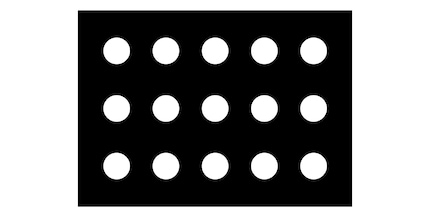
TVs with Edge LED, have LEDs installed on the edges of the screen. There are more LEDs and the panels are thinner. A significant aspect is that manufacturers have long noticed that TVs sell better if they are marketed as a lifestyle product. Mastoc TVs don't sell dreams.
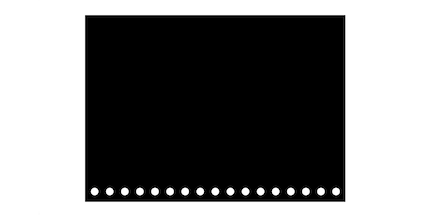
Full array is the best backlight technology. As with direct LED, the LEDs are located directly behind the pixels? The difference lies mainly in the number of LEDs: it's no longer two or three that are placed behind the screen, but a whole armada. From 100 to 500 depending on the manufacturer and model.
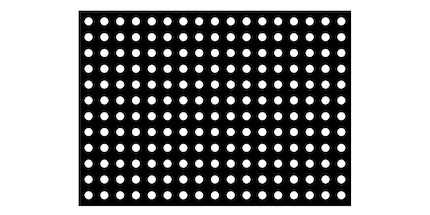
The deep, impressive black we've known since OLED TVs is only possible with full array technology. Because as well as covering the entire surface of the panel, the LEDs are equipped with technology that allows them to be switched on and off locally.
To display black, LCD TVs switch off. To get closer to OLED black, there are three variants of dimming:
LCD TVs are incapable of displaying complete black. They do, however, get away with reducing the brightness of the backlight. But compared to an OLED TV, we still see a grey haze here.
Local dimming provides a clear improvement. It is combined with edge LED technology. Depending on the image displayed, the LEDs will be individually switched off, in order to obtain much deeper black values than on standard LCDs in the desired area, where the LEDs are switched off.
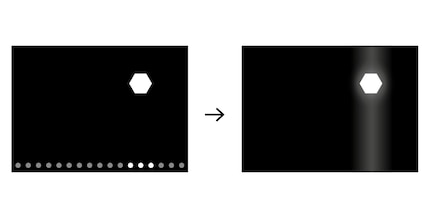
But the best is full array local dimming. You'll remember: full array LED means that the LEDs are numerous and spread over the entire surface of the panel. The advantage of this technology is that the LEDs can be controlled very precisely. Individually or in groups of LEDs divided into zones, the more zones there are, the more the image can be illuminated in a localised way while the rest of the image remains completely black.
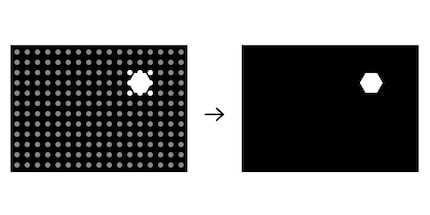
Where the LEDs are not lit, you can see true black - just like on an OLED TV. LCDs equipped with full array local dimming technology therefore perform much better than standard LCDs.
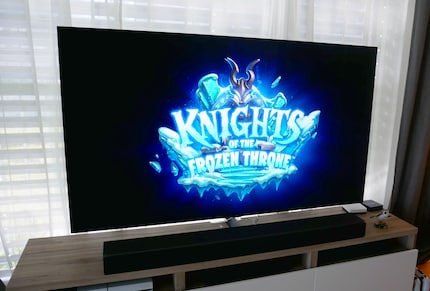
Lastly, I tested Samsung's flagship QLED TV. The Q9FN is the LCD TV with the most independent variation areas currently on the market. At least that's the rumour, as manufacturers keep a low profile when it comes to revealing the number of variation zones.
I've tried filming a YouTube video showing how variation zones work. Watch the video and pay attention to the following points:
Thanks to full array local dimming, black is truly black. And although I like to mention it - the grey haze, typical on LCDs, is hardly visible here, if at all. LCD technology is making up for lost time when it comes to black depth.
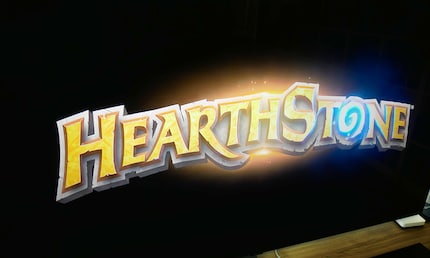
But: if I had to choose a new TV today, I'd still go for an OLED screen. The Q9FN is the leader in its class with 500 zones of variation. OLED TVs have a UHD resolution of 3840 x 2160 pixels with over eight million LEDs. They can all be switched on or off individually. This therefore equates to more than eight million dimming zones.
I write about technology as if it were cinema, and about films as if they were real life. Between bits and blockbusters, I’m after stories that move people, not just generate clicks. And yes – sometimes I listen to film scores louder than I probably should.
Interesting facts about products, behind-the-scenes looks at manufacturers and deep-dives on interesting people.
Show all